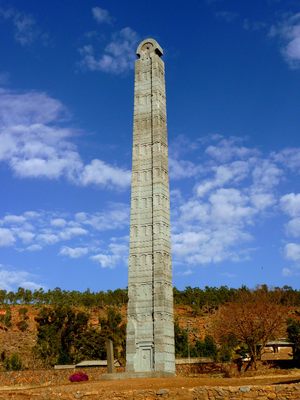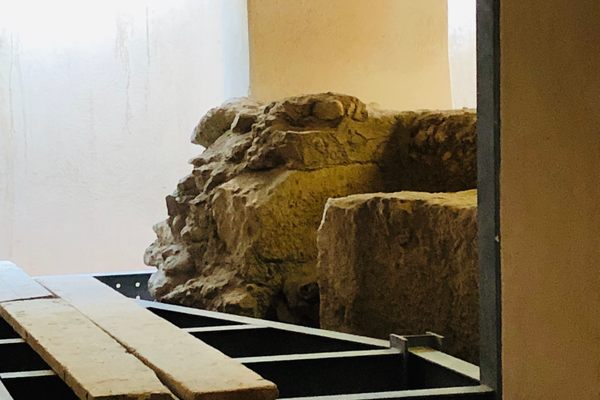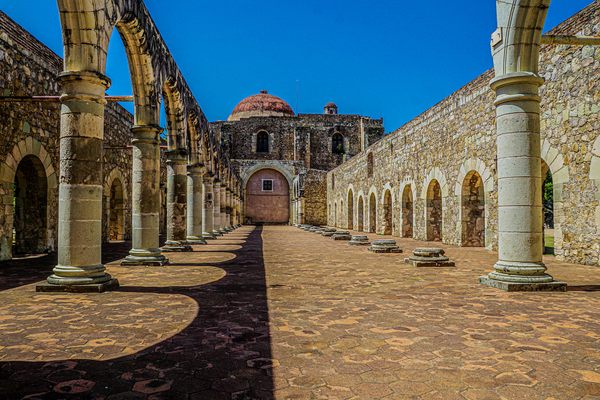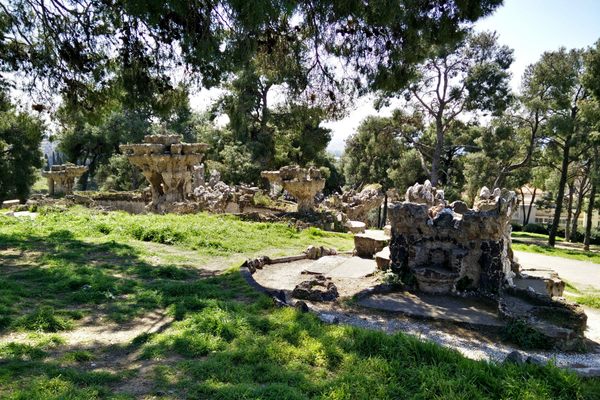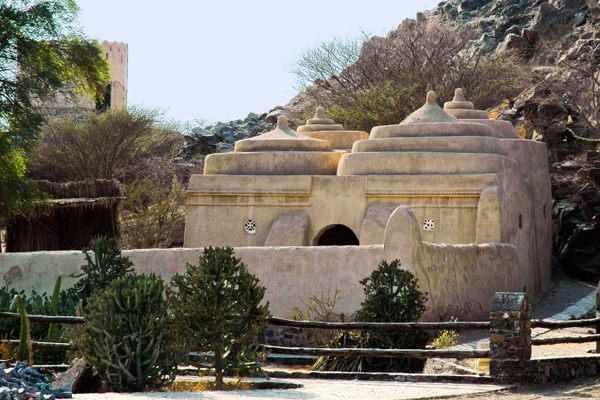About
Considering the size of the Obelisk of Axum, it is truly amazing that it was transported between continents twice during the last 100 years. However, for many people in Ethiopia, the return of the massive stele was an important milestone in bolstering national pride and celebrating Ethiopia's history.
From the early 4th century B.C.E until the 10th century C.E, the Kingdom of Axum was one of the greatest powers on earth. Centered as a trade city between Persia and Rome, the city of Axum flourished in culture, power and wealth. A pagan Kingdom during its early peak, giant pillars were erected to mark the tombs of important leaders.
In the 4th century, the King Ezana of Axum solidified the Kingdom's conversion to Christianity, and stopped all pagan practices, including the erection of burial stelea such as the 80-foot Obelisk of Axum. Standing only until the 16th century, an earthquake likely toppled the obelisk, and without any importance in a Christian society it was left in multiple pieces to disintegrate back into sand.
The Obelisk lay in ruin for hundreds of years until it was re-discovered by Italian soldiers during the conquest of Ethiopia in 1935. Brought back in three pieces, the 160-ton stele was taken as loot to Rome, where it was reassembled. After world war II, the UN ruled that the stele must be returned to Ethiopia, but complications arose almost immediately.
After years of fighting and delays, the Obelisk was finally returned to Ethiopia in 2007. The pieces were re-assembled and the Obelisk was placed near two other famous stelea; the Great Stelea standing at 108 feet, and the King Ezana stele, erected to the King that outlawed their use when he brought Christianity to his kingdom.
Related Tags
Published
November 21, 2011

